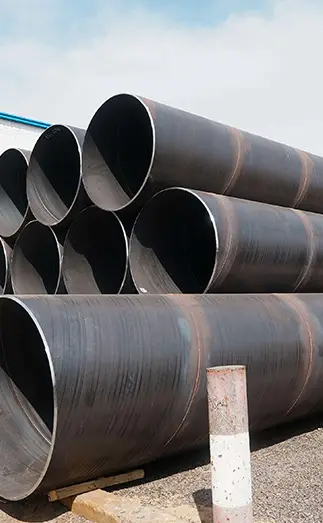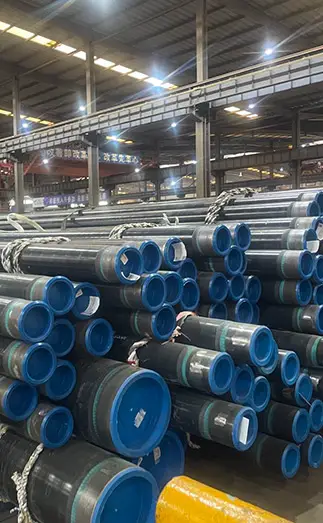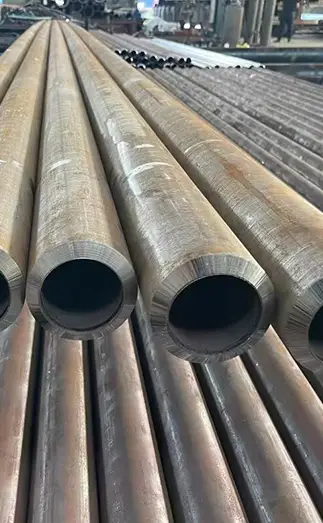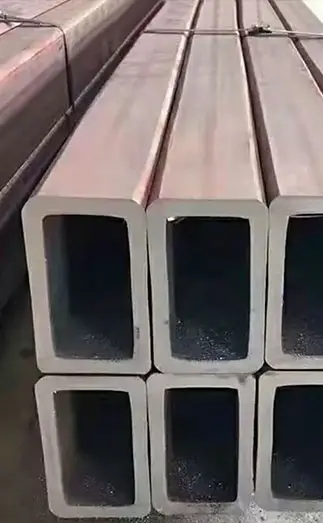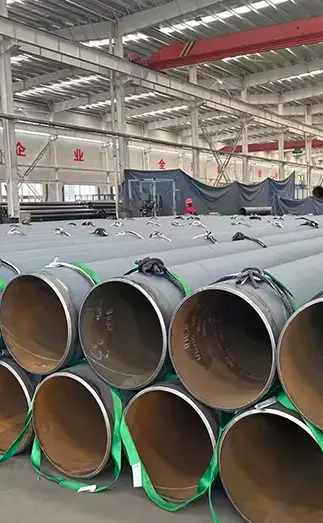H-beam steel is a high-efficiency structural profile known for its optimized cross-sectional shape and excellent strength-to-weight ratio. Named after its cross-section that resembles the letter “H,” this beam type features flanges and webs arranged at right angles, offering strong bending resistance in multiple directions.
Due to its lightweight structure, high load-bearing capacity, and ease of assembly, H-beam steel is widely used in construction, bridges, industrial plants, shipbuilding, and other heavy structural applications.
Common Materials and Specifications of H-Beam Steel
H-beams are typically produced from carbon structural steel grades such as Q235 and Q345, as well as alloy steels that provide greater strength and performance under demanding conditions.
H-beam specifications are commonly denoted by a set of numbers such as H200×200×8×12, where:
The first two numbers (200×200) represent the flange width and web height, and
The following numbers (8×12) indicate the web thickness and flange thickness.
These parameters determine the beam’s mechanical strength and application suitability.
Advantages of Using H-Beam Steel
When analyzing the structure of an H-beam, its design advantages become immediately clear:
High structural stability:
Excellent balance and bending resistance make it ideal for heavy loads and seismic areas.
Efficient material use:
The optimized cross-section reduces unnecessary weight while maintaining strength.
Cost-effectiveness:
Simplified fabrication and installation lower labor and material costs.
Versatility:
Suitable for a wide range of environments—from high-vibration industrial plants to large-scale building frameworks.
Complete List of H-Beam Specifications
|
No
|
Product name
|
Length (m)
|
Weight (m)
|
|
H beam JIS G3101 SS400
|
|
1
|
H 100 x 100 x 6 x 8 Chn
|
12
|
206,4
|
|
2
|
H 125 x 125 x 6.5 x 9 Chn
|
12
|
285,6
|
|
3
|
H 150 x 150 x 7 x 10 Chn
|
12
|
378
|
|
4
|
H 200 x 200 x 8 x 12 China
|
12
|
606
|
|
5
|
H 250 x 250 x 9 x 14 China
|
12
|
868,8
|
|
6
|
H 300 x 300 x 10 x 15 China
|
12
|
1.128
|
|
7
|
H 350 x 350 x 12 x 19 Chn
|
12
|
1.644
|
|
8
|
H 400 x 400 x 13 x 21 Chn
|
12
|
2.064
|
|
9
|
H 488 x 300 x 11 x 18 Chn
|
12
|
1.536
|
|
10
|
H 588 x 300 x 12 x 20 Chn
|
12
|
1.812
|
|
11
|
H 390 x 300 x 10 x 16 Chn
|
12
|
1.284
|
|
12
|
H 175 x 175 x 7.5 x 11 Chn
|
12
|
484,8
|
|
13
|
H 294 x 200 x 8 x 12 Chn
|
12
|
681,6
|
|
14
|
H 200 x 200 x 8 x 12 JIS G3101
|
12
|
598,8
|
|
15
|
H 340 x 250 x 9 x 14 Chn
|
12
|
956,4
|
H-Beam Material: Types and Performance Characteristics
The material selection of H-beams plays a crucial role in determining their mechanical strength, durability, and service life. Different grades of steel are chosen based on the structural requirements and environmental conditions of each project.
Common H-Beam Materials
Q235 (Carbon Structural Steel)
A plain carbon steel with moderate strength, excellent plasticity, and good weldability.
Applications: Commonly used in general building structures, residential frameworks, and light industrial facilities.
Q345 (Low-Alloy High-Strength Steel)
Offers higher strength and better toughness compared to Q235, with good overall mechanical properties.
Applications: Widely used in bridges, high-rise buildings, and mechanical structures requiring enhanced load capacity.
Q420 / Q460 (High-Strength Low-Alloy Steel)
Known for superior strength and resistance to deformation under heavy loads.
Applications: Ideal for large-span structures, high-load frameworks, and projects in harsh environments.
Special Alloy Steels
Including corrosion-resistant steel, low-temperature steel, and other custom grades developed for unique engineering needs.
Applications: Used in offshore platforms, chemical plants, and cold-region construction.



 English
English Español
Español Français
Français بالعربية
بالعربية